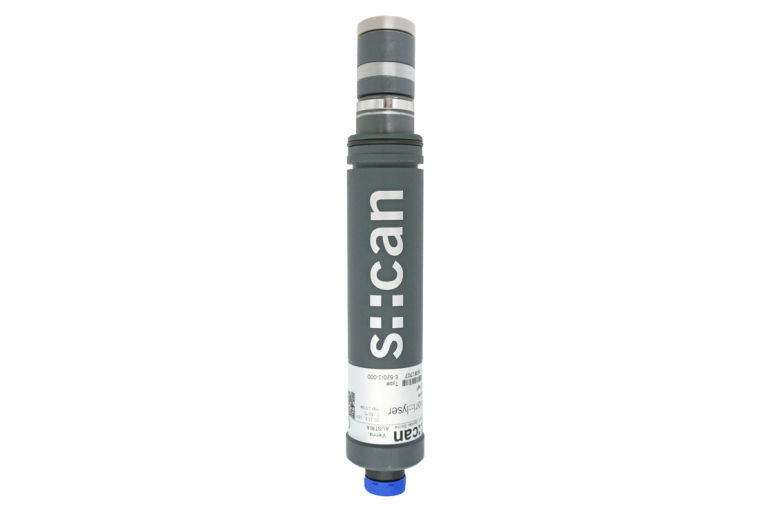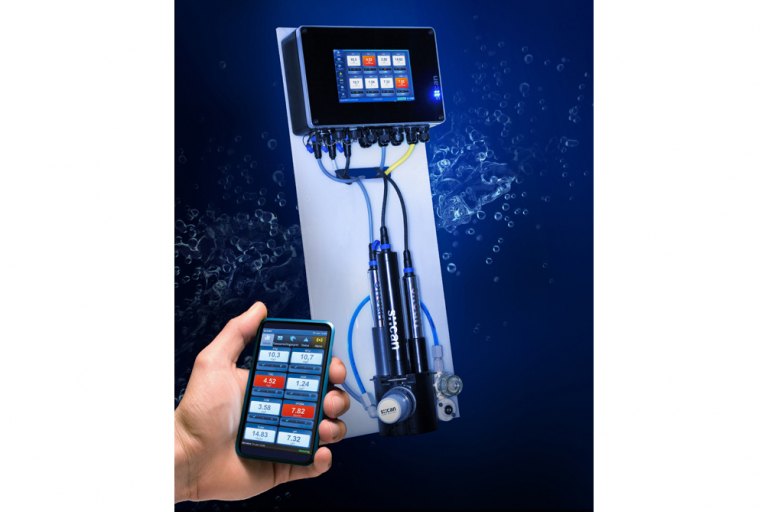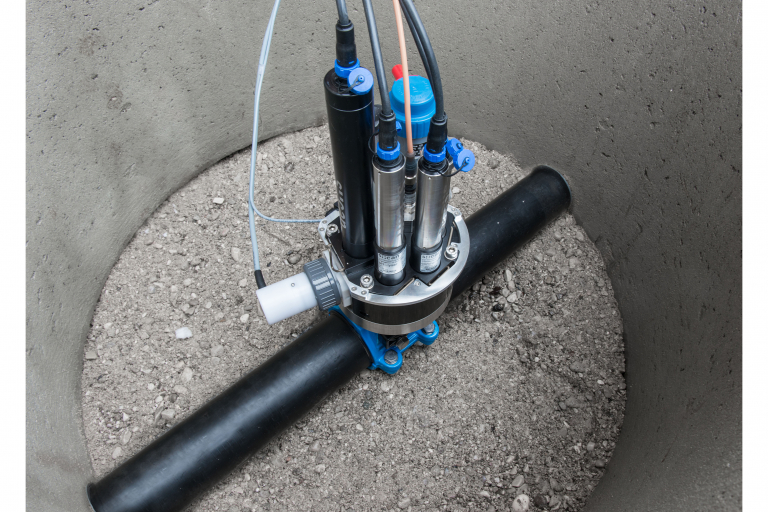S::CAN has developed a range of disinfection sensors. These include the chlori::lyser, peroxy::lyser, hyper::lyser and chlodi::lyser. They are used in drinking water applications and monitor free or total chlorine, peracetic acid, hydrogen peroxide or chlorine dioxide.
These sensors work according to the amperometric measuring principle. The electrode is covered with a membrane and is very insensitive to interference from surfactants. The sensor is stable over the long term due to the 3 electrode system. This design minimises the influences of pH, temperature and flow. The temperature measured can be displayed separately.
The cleaning of this sensor is done by means of compressed air. It can be set up in-situ or in a flow cell. The sensor can be easily connected to a terminal according to the “plug & measure” principle. This is because it has already been calibrated after production. The calibration data are stored in the internal memory of the probe and are thus automatically recognised.
- Measuring principle: Amperometric - 3 electrode system.
- Measures free or total chlorine, peracetic acid, hydrogen peroxide or chlorine dioxide.
- Automatic cleaning via compressed air.
- Installation: submerged in-situ or in flow cell (depending on the sensor).



